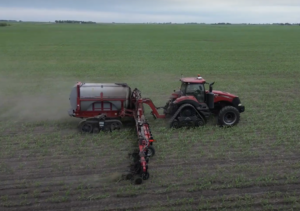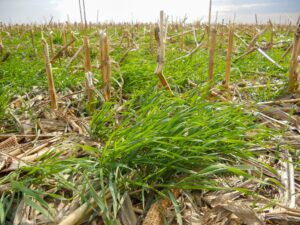By: 4R Plus
March 2022

Nate Legler, a fifth-generation farmer in north-central Iowa, has been utilizing 4R Plus soil conservation practices like cover crops, no-till soybeans and strip-till corn for about a decade. The benefits and efficiencies he has seen on his farming operation have convinced him this is a worthy system.
Legler farms with his wife and parents on a mix of rented and owned ground in Humboldt, Kossuth and Hancock counties, an area within the Boone River Watershed. He primarily grows corn and soybeans and some alfalfa for their cow-calf operation.
He no-tills soybeans into standing cornstalks and strip-tills corn in the fall when the weather allows. Doing so “creates a nice seedbed to plant into,” Legler said. “When we come back in the springtime, it’s like planting on glass.”
He also deep places dry fertilizer, mainly P and K, as he strip-tills, which means “we’re essentially doing three things – our nutrient placement, our fall work and our spring work – in one pass.”
Legler, a recipient of the Iowa Farm Environmental Leader Award, acknowledges their system is more management intensive, as it requires planning for next year, soil and plant tissue testing, and patience for ideal weather and field conditions. “There’s nothing really easy about it. But in the end, easy doesn’t put more money in our pocket,” he said.
4R Plus practices deliver major savings
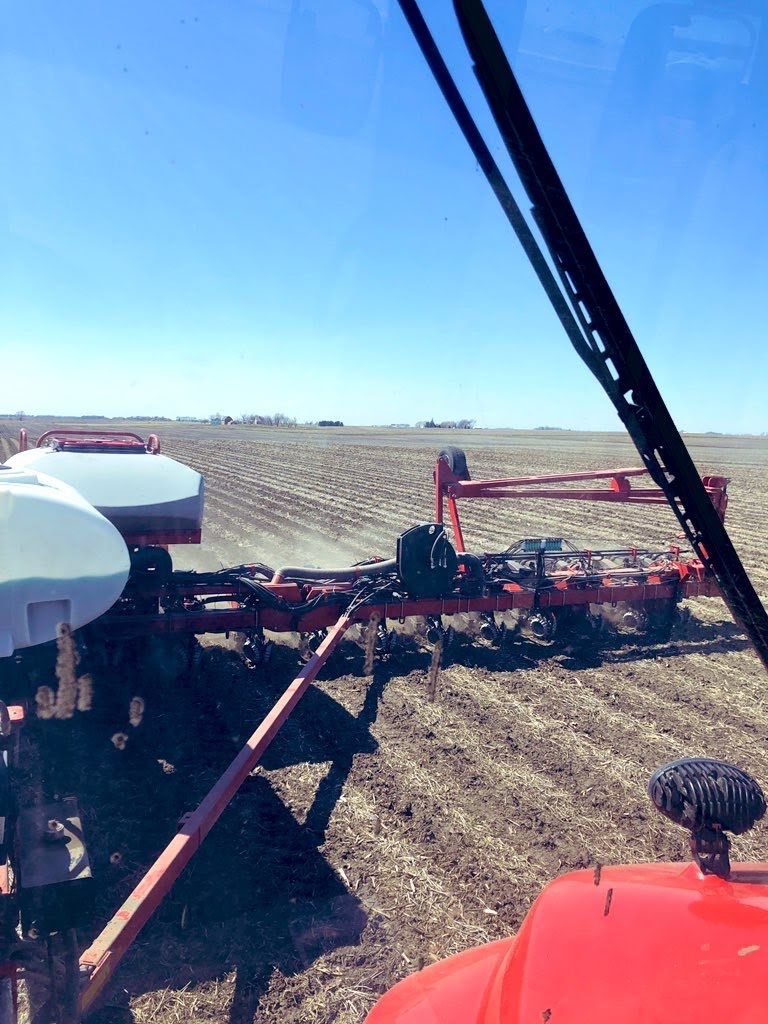
The results have spoken for themselves. Legler’s 4R Plus practices have saved fuel, fertilizer and time – savings that are critical heading into 2022, with many unknowns surrounding inputs.
“Our soil tests show we’re staying consistent with our fertility, so we’re not pulling out any from the soil. We’re just becoming more efficient with what we’re putting out there,” he said.
Legler recently laid some tile lines on a farm and conventionally tilled the field to level it last fall, offering a comparison with his strip-till system. On his full strip rig, he completes roughly 31 acres an hour and burns between 1.5 and 1.7 gallons per acre. On the field he ripped last fall, he worked about 10 acres an hour and burnt 2.3 gallons per acre.
That’s a major expense difference on fuel alone. “I don’t look at my labor as being free either,” Legler adds.
Fertilizer cost savings versus a conventional operation are harder to gauge, but based on his conversations with other farmers in the area, Legler estimates he saved between 12% and 15% on the P&K front and is around 0.2 pounds more efficient with his per-acre nitrogen use.
He splits nitrogen application, applying a base in the fall and fine-tuning application rates in the spring. “We’re constantly monitoring nutrient levels in our plant tissue and in our soil throughout the growing season,” he said. “It’s a lot easier for us to manage in-season than to try to play the guessing game ahead.”
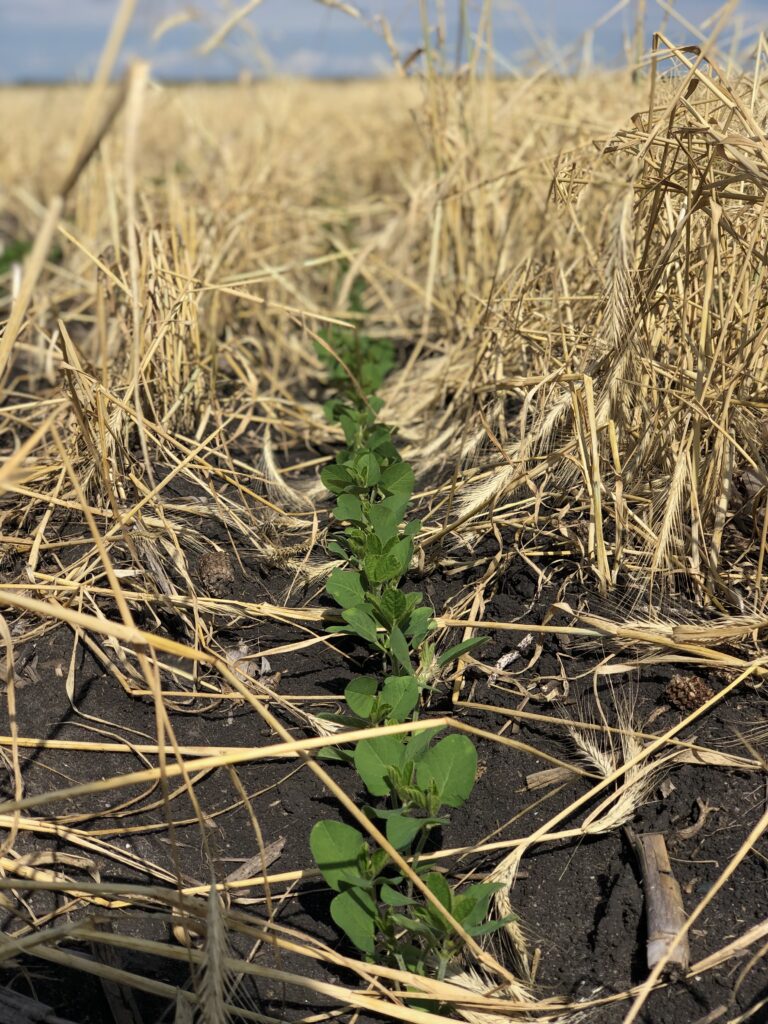
Maximizing farm resources
“Some want more acres to generate more income,” he said. “I’d rather generate more income on fewer acres. It’s about maximizing what we have.”
One of the other major benefits of 4R Plus soil conservation practices is the improvement in soil structure. He custom sprays some conventional fields and said when he walks into some of those fields it “feels like there’s no footing to the soil.” But a field that has been in a cover crop, no-till or strip-till system for a few years feels “like walking on a bedspring.”
Nutrient recycling is another benefit. “With cover crops, we help grab hold of those nutrients and bring them back,” Legler said.
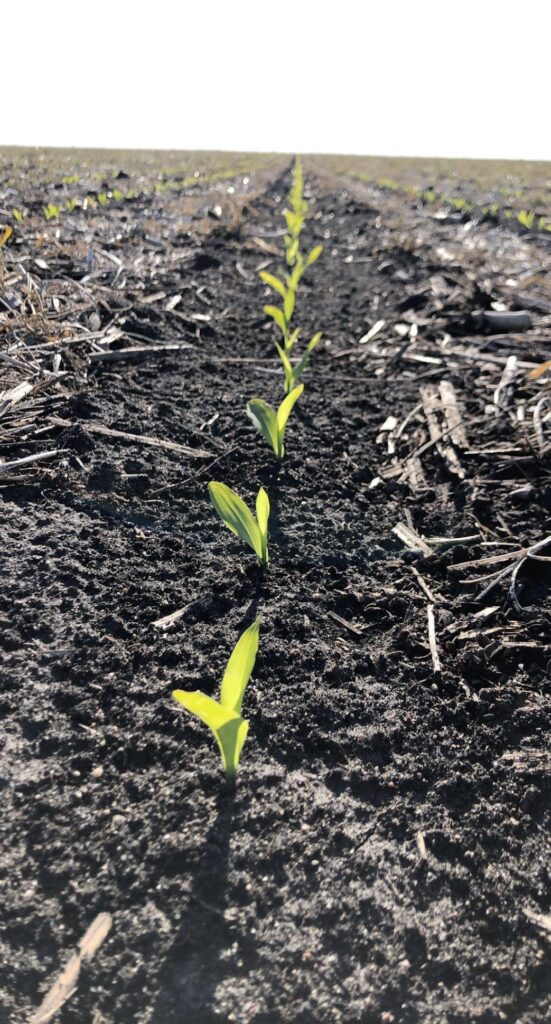
There’s a learning curve, but there are also a lot of helpful resources
Of course, it’s not all sunshine and rainbows when it comes to a more conservation-focused system. Legler is quick to acknowledge “there’s a learning curve.”
He’s happy there is a lot more information available about cover crops, no-till and strip-till systems than there was even six or seven years ago. And the community of those trying this new approach to farming is growing.
“There are quite a few of us now in north-central Iowa,” Legler observes, adding that social platforms like Twitter and TikTok have opened a whole other line of communication for farmers across the Midwest.
Sharing that experience is something Legler believes will be increasingly important in the years ahead. “I think this younger generation of farmers understands how critical it is to share what we do with the world,” he said. “We’re tired of being the boogeyman. And we are going to be more willing to share the actual truth to farming.”


